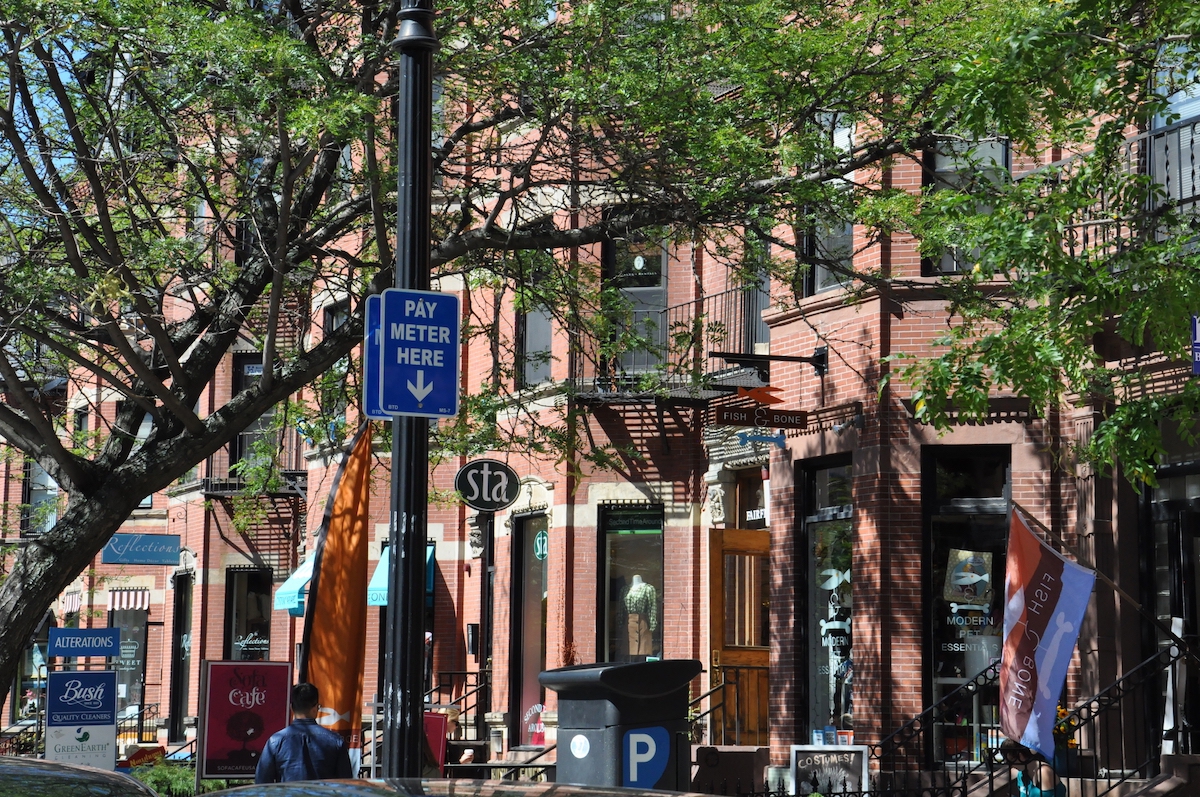
The Importance of Preserving Retail Diversity
When gentrification enters a community, it doesn’t just impact low-income individuals and families. Rather, the small retail businesses, or mom-and-pop storefronts, that contribute to the vibrancy of a local economy are often pushed to the peripheries. For instance, according to a recent WBUR segment by reporter Simón Rios, many local businesses in Greater Boston are finding that “rents are skyrocketing,” while “revenues are stagnant.” Stiff competition and rising property values hinder some storeowners from raising the price of their goods and services, for fear of losing customers, and keeping up with their rent payments as a result. While in many cases this retail landscape threatens to uproot local operations, here are a few strategies that communities are considering as possible solutions:
- Public Acquisition: Local governments are considering purchasing properties before the real estate market pushes the price too high. By incorporating community input, civic leaders would seek to develop the space in such a way that stimulates economic growth without displacing tenants.
- Lease Protections & Incentivization: Outside private lease transactions, few local businesses have protections against eviction. In a similar vein, while many residential developers are offered incentives, like tax breaks, to develop affordable housing units in new constructions, commercial developers are oftentimes not offered similar opportunities. As a solution, some civic leaders are examining how residential real estate tactics can be applied to the commercial market.
- Data Collection: Part of addressing and solving retail displacement requires understanding the problem. As the Boston Planning and Development agency currently does not track retail rental rates, there is an opportunity for public institutions to begin collecting information on the market as a means of understanding the conditions that are shaping small businesses’ experiences.
